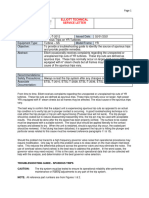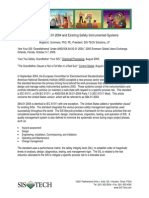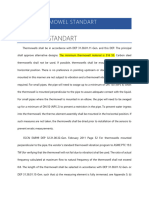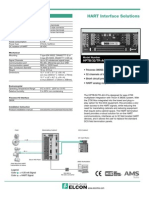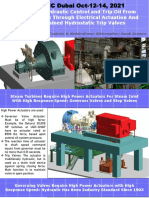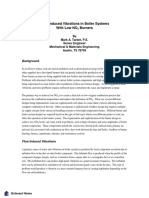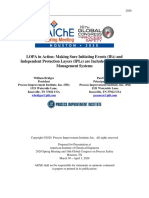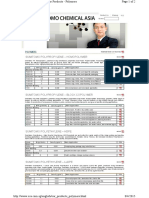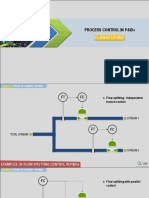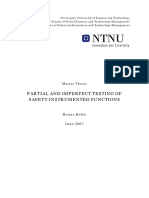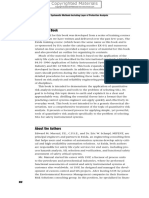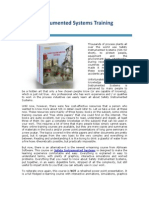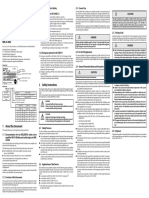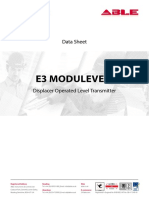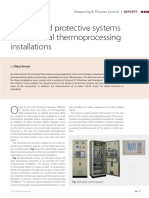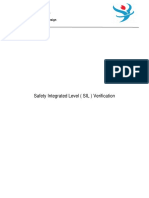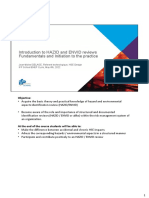0% found this document useful (0 votes)
14 views12 pagesKnowledge Based Process Hazard Analysis
Uploaded by
Paranavidanelage Deshai BothejuCopyright
© © All Rights Reserved
We take content rights seriously. If you suspect this is your content, claim it here.
Available Formats
Download as PDF, TXT or read online on Scribd
0% found this document useful (0 votes)
14 views12 pagesKnowledge Based Process Hazard Analysis
Uploaded by
Paranavidanelage Deshai BothejuCopyright
© © All Rights Reserved
We take content rights seriously. If you suspect this is your content, claim it here.
Available Formats
Download as PDF, TXT or read online on Scribd
/ 12

